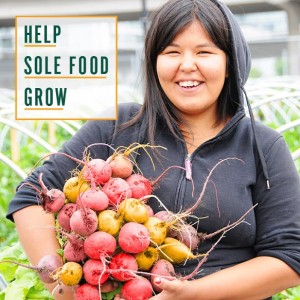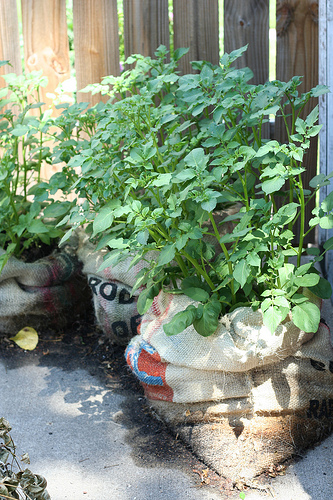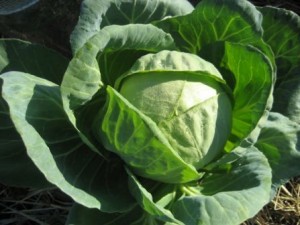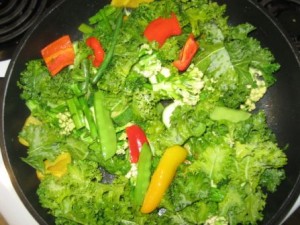 Envision individuals with few resources and limited opportunities being given the chance to do meaningful work, help contribute to a community that respects them, and grow lots of healthy vegetables (we know gardening is therapeutic). What a great social enterprise, right?
Envision individuals with few resources and limited opportunities being given the chance to do meaningful work, help contribute to a community that respects them, and grow lots of healthy vegetables (we know gardening is therapeutic). What a great social enterprise, right?
Then garden so effectively in limited space in an urban environment and harvest so much food you can make it available not only to individuals at farmers markets, but also to local restaurants. Lots of them. And do it all in a financially self-sustaining manner. That’s not possible, right? Oh but it is. Continue reading




 The community garden plot is well underway, but it will be a while before there’s any harvest to show for all the water lugged to sustain it.
The community garden plot is well underway, but it will be a while before there’s any harvest to show for all the water lugged to sustain it.  The stirfry included the cauliflower, broccoli, snow peas, green beans, kale, cabbage, and a variety of herbs from my balcony garden.
The stirfry included the cauliflower, broccoli, snow peas, green beans, kale, cabbage, and a variety of herbs from my balcony garden.